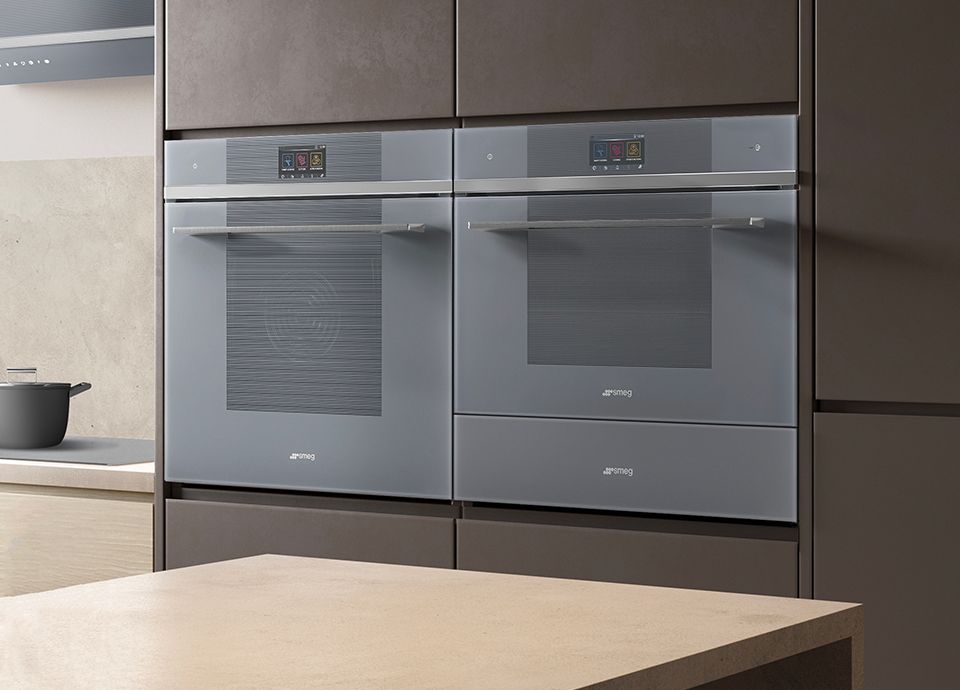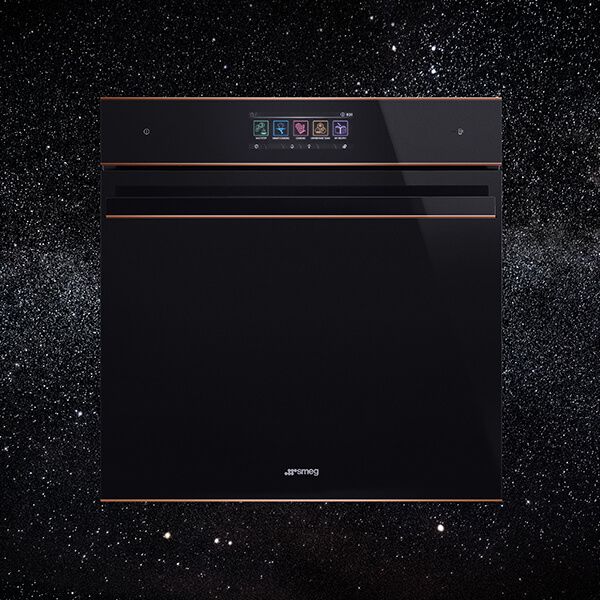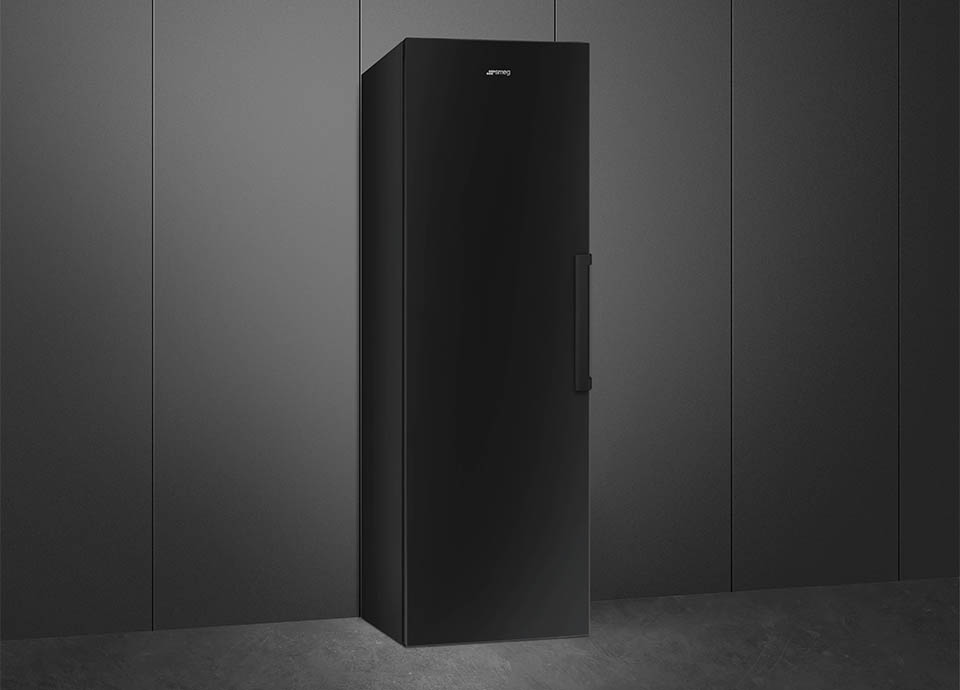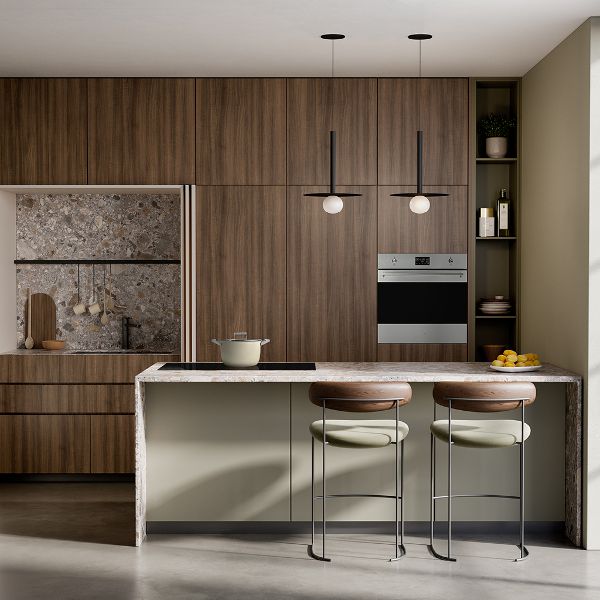There are a few other things to keep in mind before installing your new freezer, such as:
Don't Forget Door Swing
Measure the full arc of the door, especially if your freezer sits near a wall or in a corner, to ensure the handle doesn’t hit adjacent surfaces and you can open it to at least 90° (or fully, for chest models). Door swing is a more important consideration for retro models with thick doors and integrated appliances, as they need more space on the hinged side.
Some freezers have counter-levered hinges which means the hinge moves the inner-edge of the door (nearest to both hinges), slightly inwards before commencing the swing. This in turn enables a 90° full opening door to be achieved without requiring more than 90° of space.
Plan Your Access Route
Check the width and height of all hallways, doorways, and staircases that the freezer must pass through. Measure any tight turns or low ceilings to confirm the appliance can be delivered and positioned without damaging your household or the appliance.
Protect Your Flooring
Protect your household’s floor from scratches and dents when moving your freezer by placing down furniture sliders, cardboard, or protective mats. Measure the floor surface for any dips or unevenness and plan to use adjustable feet or a plywood base if needed.
Check Eelctrical Outlet Plaement
Measure the distance from your planned freezer location to the nearest wall power socket; ensure the freezer’s power cord can reach without tension or extension leads. If the cord seems tight, you’ll need to reassess the freezer’s placement; otherwise, you run the risk of a fire.






















































































































































